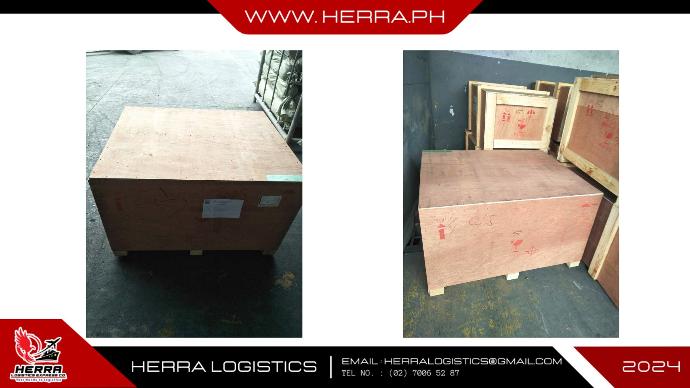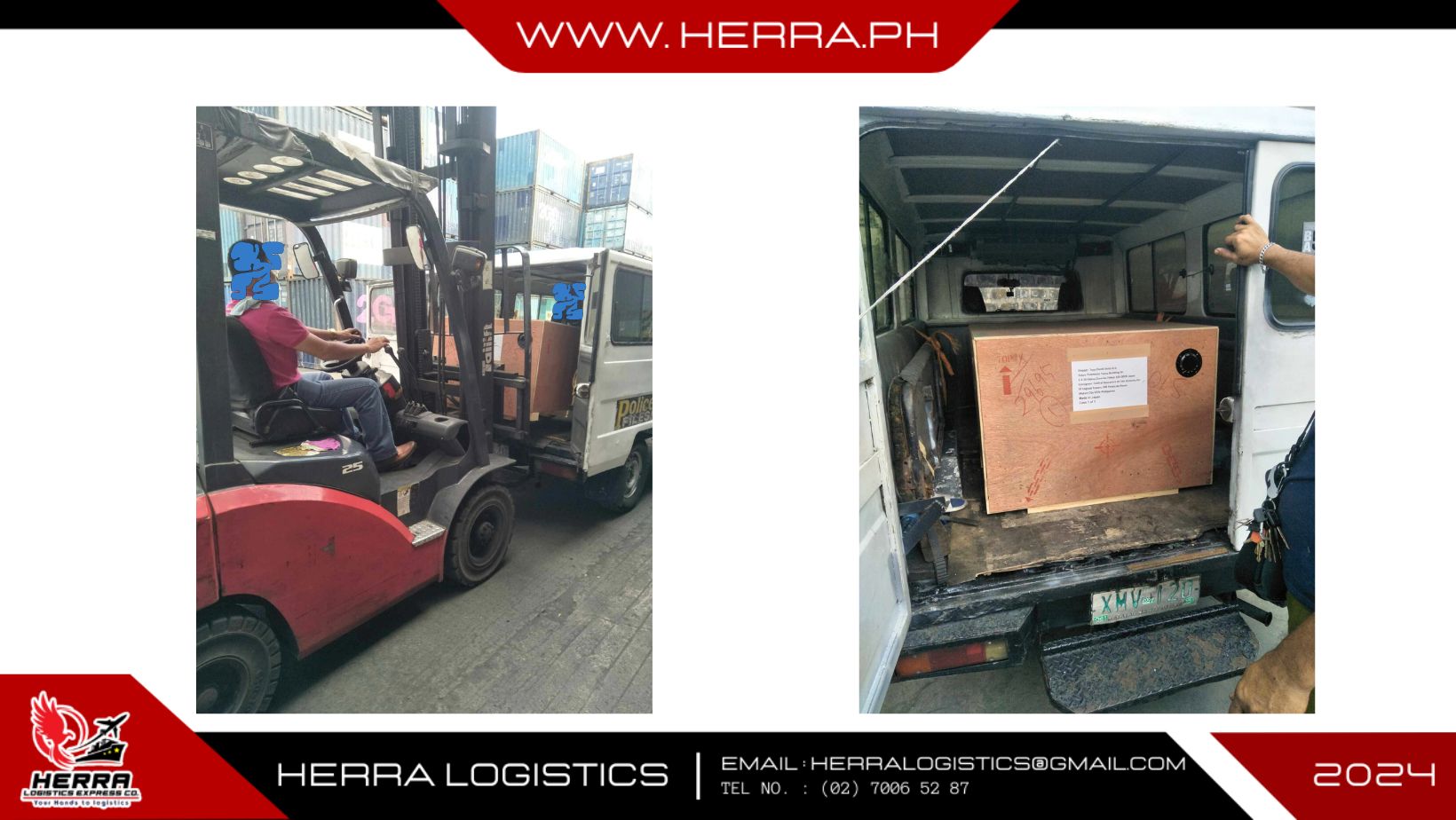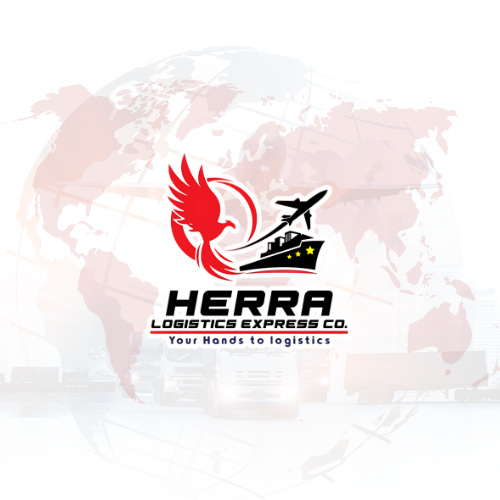LIKE, FOLLOW & SHARE
FB : HERRA Logistics Express Co.
IG : HerraLogistics
Tiktok : @herralogistics

There are different types of generators, including:
- Alternating Current (AC) Generators: These are the most common type and are used to produce alternating current electricity. AC generators work by rotating a coil of wire within a magnetic field, inducing an alternating current in the wire.
- Direct Current (DC) Generators: These generators produce direct current electricity. They operate using a commutator, which ensures that the generated current flows in one direction.
- Portable Generators: These are smaller generators typically fueled by gasoline, diesel, or propane. They are commonly used during power outages or in remote locations where access to the electrical grid is limited.
- Industrial Generators: These generators are larger and more powerful, often used to provide backup power to factories, hospitals, data centers, and other critical infrastructure.

- Documentation: Importers or their customs brokers need to prepare and submit the required documentation for customs clearance. This typically includes the commercial invoice, bill of lading or airway bill, packing list, and any other relevant documents specific to the generator being imported.
- Customs Declaration: Importers or their agents must accurately declare the generator's description, quantity, value, and other essential information in the customs declaration. This declaration is submitted electronically through the Bureau of Customs' (BOC) electronic system.
- Payment of Duties and Taxes: Import duties, value-added tax (VAT), and other applicable fees are assessed based on the generator's value and classification. Importers are responsible for settling these charges to facilitate the release of the generator from customs.
- Customs Examination: Customs officials may conduct physical inspections or examinations of the generator to verify its specifications and ensure compliance with import regulations. These examinations are conducted to prevent smuggling, uphold safety standards, and enforce trade policies.
- Release Order: Once all customs clearance procedures are completed, and all duties and taxes are paid, the BOC issues a release order. This document authorizes the release of the generator to the importer or their authorized representative.
- Post-Release Procedures: After the generator is released from customs, importers may need to fulfill additional requirements, such as obtaining permits or certifications from other relevant government agencies, depending on the generator's type and intended use.

Your Dynamic Snippet will be displayed here... This message is displayed because you did not provided both a filter and a template to use.